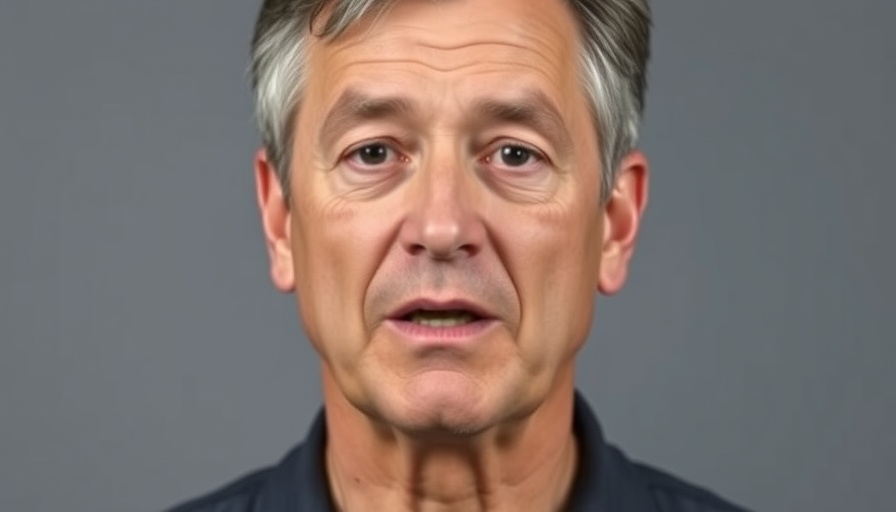
Understanding the Mechanisms of Hair Loss
Hair loss is a significant concern for many, regardless of age or gender. The most common form is androgenic alopecia, which manifests as male pattern baldness and can cause thinning in women as well. Understanding the underlying mechanisms is critical for anyone looking to reverse hair loss. At the core of this condition lies a hormone called dihydrotestosterone (DHT), which is derived from testosterone. As we age, DHT levels can rise, contributing to hair loss. The interaction of hormones, genetics, and the body's overall health creates a complex environment affecting our hair growth.
In 'How to Reverse Hair Loss', the discussion dives into effective therapies and remedies, exploring key insights that sparked deeper analysis on our end.
The Role of Follicles and Scalp Health
A hair follicle is more than just a pouch that holds a hair strand; it is an intricate ecosystem requiring an adequate supply of oxygen and energy to thrive. Factors like hypoxia, inflammation, and scar tissue can hinder this environment, stunting hair growth. Therefore, restoring the health of hair follicles is crucial in any combat against hair loss. This leads to a significant discovery — managing the environment around these follicles can drastically change hair outcomes.
The Impact of Insulin Resistance
Perhaps one of the most crucial insights discussed is that insulin resistance acts as a major driver for increased DHT levels. Poor insulin sensitivity not only affects hormones but also influences how the body processes testosterone, leading to more DHT and ultimately contributing to hair loss. This connection showcases why addressing insulin resistance is a fundamental step in reversing hair loss.
Effective Therapies and Natural Remedies for Growth
Approaching hair restoration doesn't have to begin and end with pharmaceuticals. One overlooked yet effective method is micro-needling. This technique creates micro-injuries on the scalp, enhancing blood circulation and oxygen supply to hair follicles, stimulating the body's natural healing processes. Adding red light therapy to this mix could further support mitochondrial health, thus providing energy for hair growth. Alongside these therapies, lifestyle changes that enhance nutrient intake, including the addition of vitamin D and zinc, play an essential role in restoring hair health.
The Superfood Meal for Hair Restoration
According to recent insights, one of the best meals for hair recovery includes items like liver and onions, complemented with sauerkraut. Liver is rich in heme iron and other essential minerals necessary for robust hair health. Onions are prime sources of quercetin, minimizing inflammation in scalp tissues while sportingly aiding circulation. Lastly, sauerkraut is loaded with vitamin C and phytonutrients, proving how dietary changes can support hair restoration efforts effectively.
Moving Forward: Action Steps for Healthy Hair
Before diving into remedies, it’s essential to identify the root cause of hair loss. A commitment to improving insulin sensitivity through diet, exercise, and possibly incorporating beneficial supplements plays a vital role. Consulting a healthcare provider for personalized advice can enhance your journey to revitalizing hair growth.
 Add Row
Add Row  Add
Add 




Write A Comment